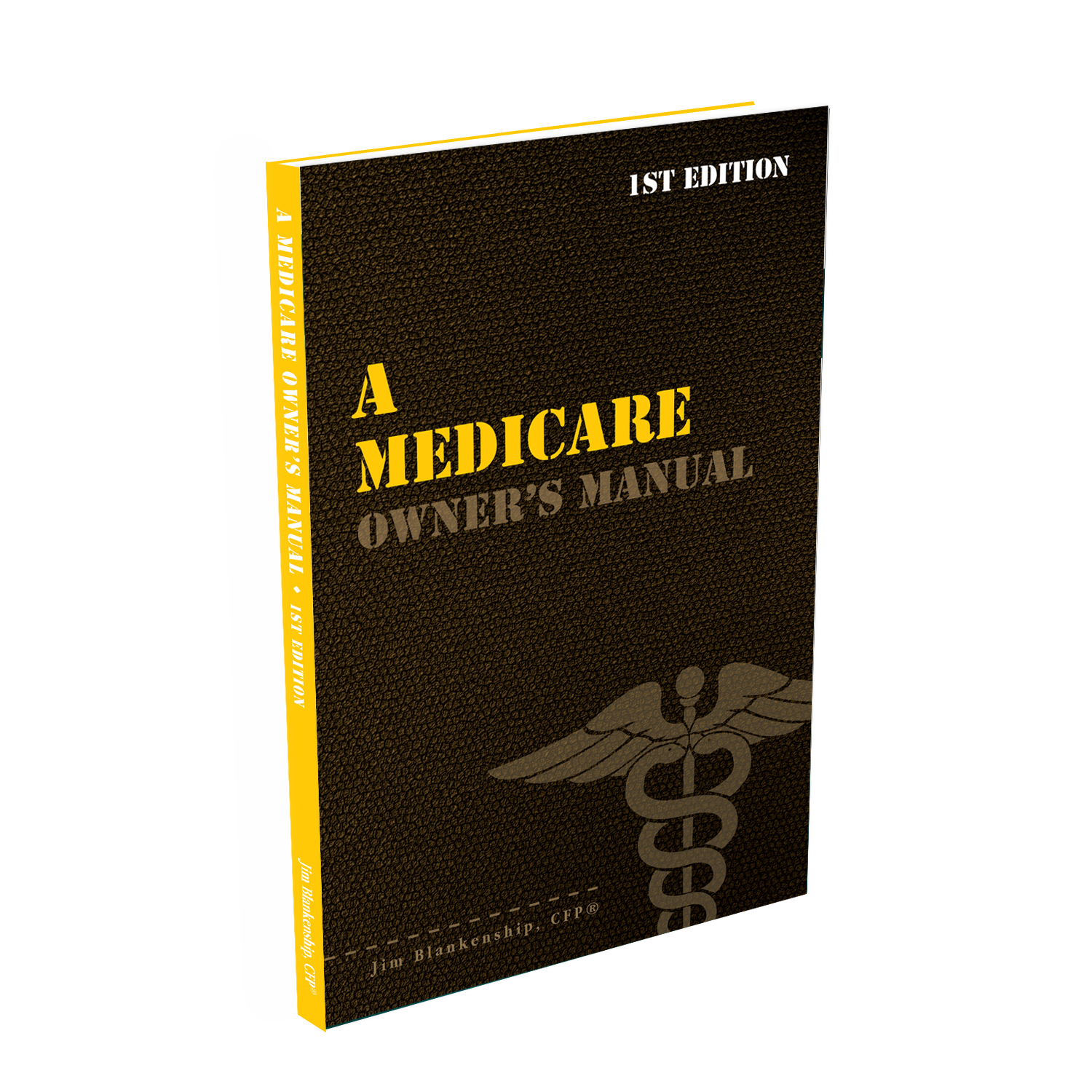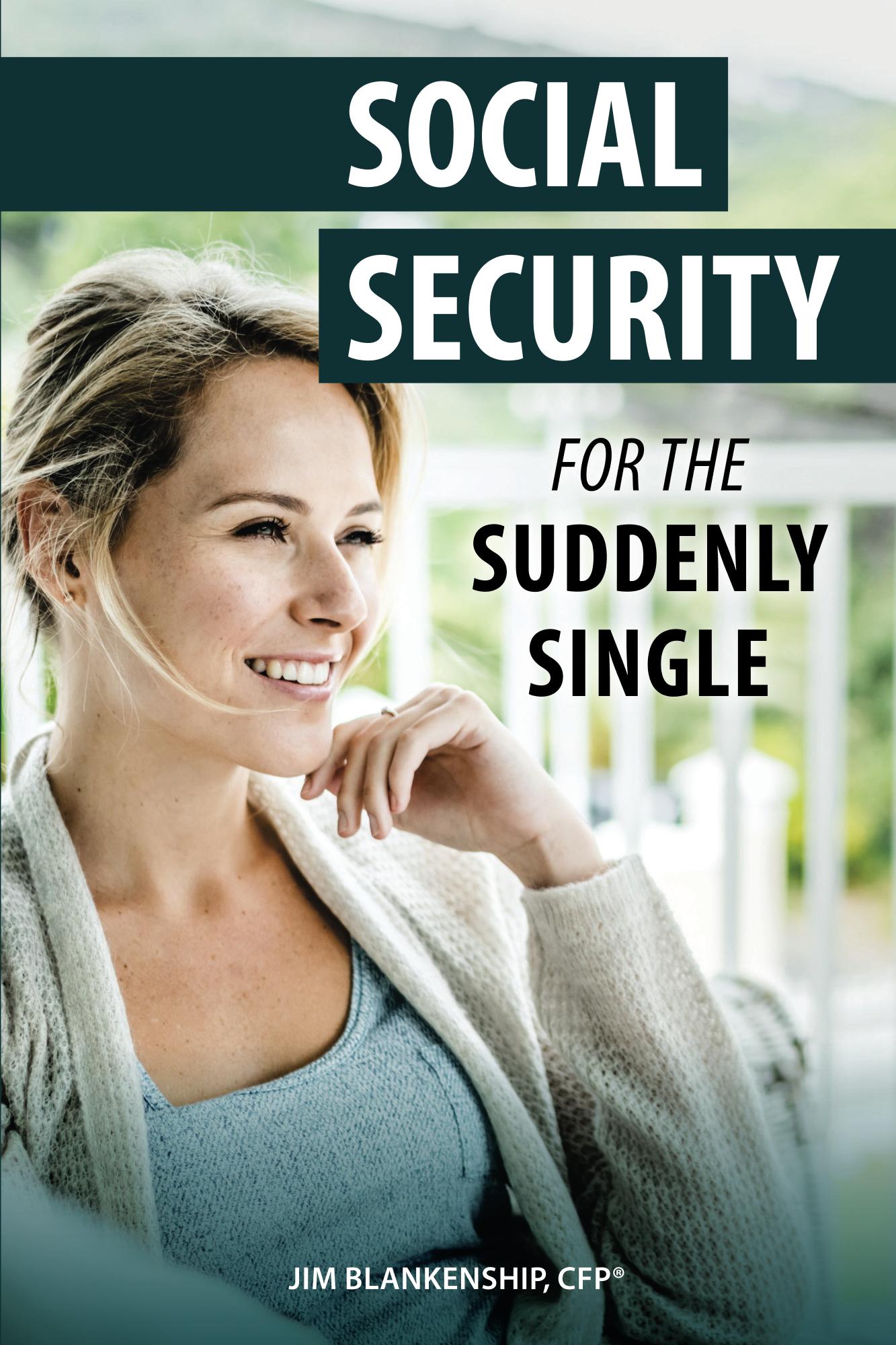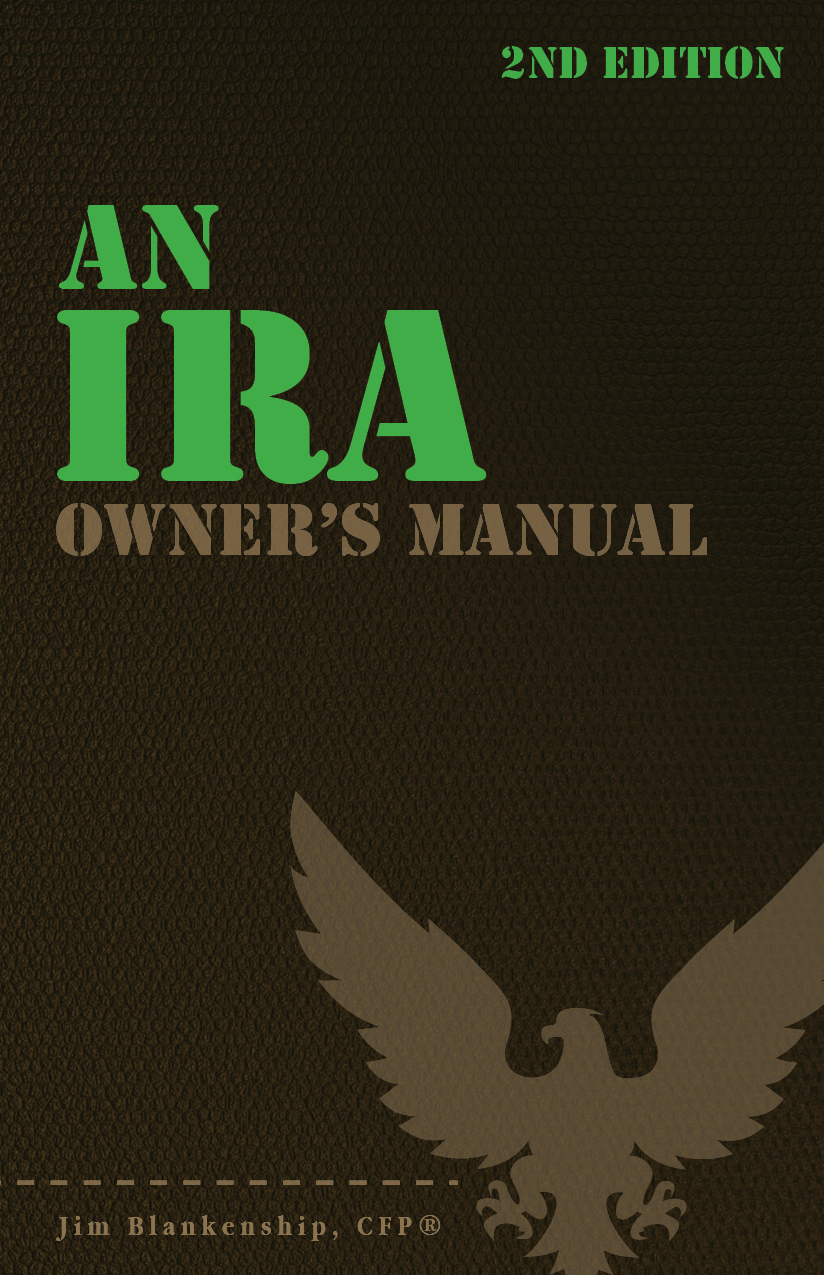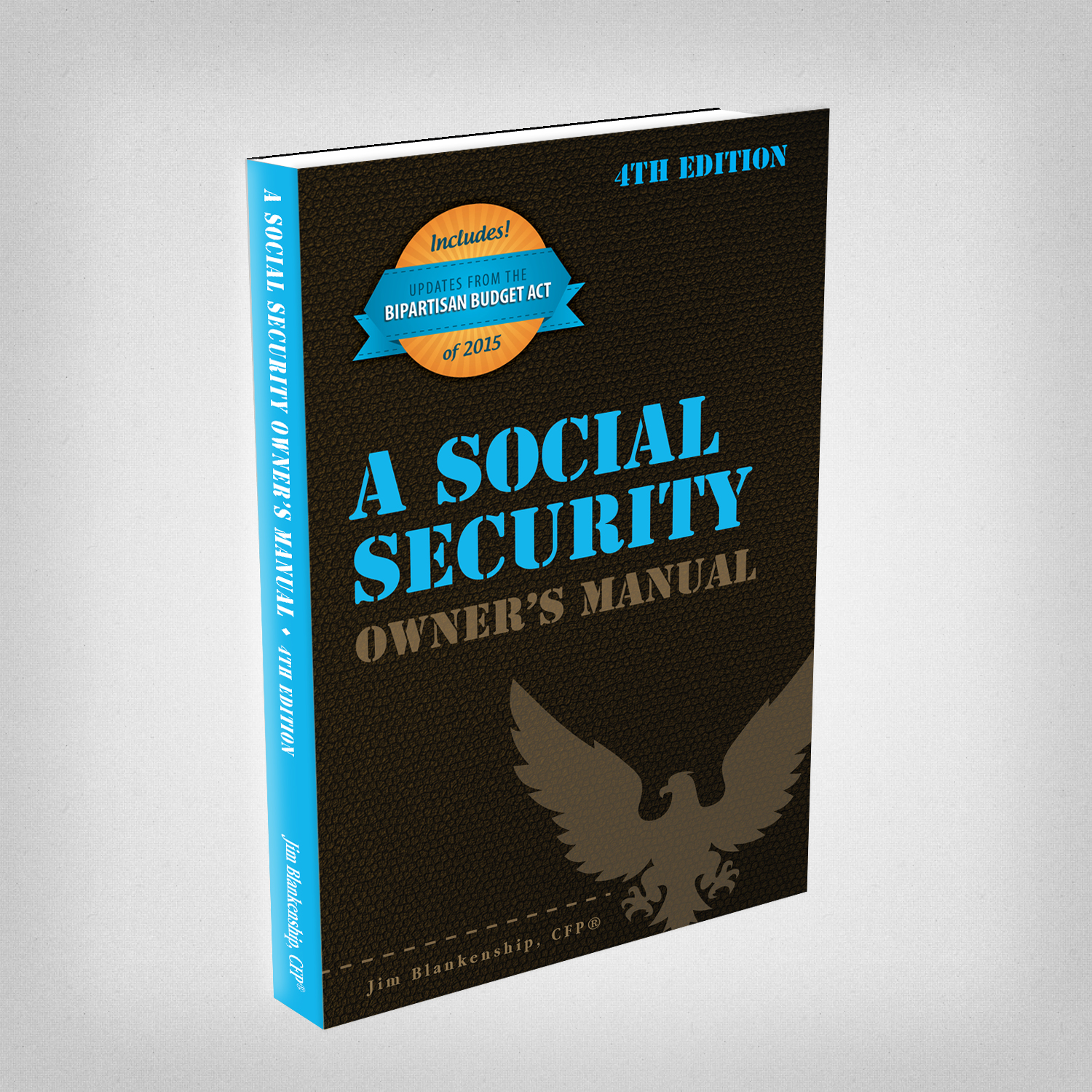There’s been quite a bit of press lately about the recent Economic Policy Institute study (see this article “Rise of 401(k)s Hurt More Americans Than It Helped” for more), which indicates that the 401(k) plan itself is the cause of American’s lack of retirement resources. I think it has more to do with the fact that the 401(k) plan (and other defined contribution plans) were expected to be a replacement for the old-style defined benefit pension plans, and the fact that those administering the retirement plans did little to ensure success for the employees.
Traditional defined benefit pension plans didn’t ask the employee to make a decision about how much to set aside – this was determined by actuaries. Then the company made sure that the money was set aside (in most cases) so that the promised benefit would be there when the employee retires. In the world of 401(k) plans, the employee has free choice to decide how much and whether or not to fund the retirement plan at all. Human nature kicks in, and the nearer term needs of the employee win out over long term needs – of course the long-term requirements get short shrift!
It’s the same as when we turn over the car keys car to a 16-year-old. Up to this point, the child has just ridden along, not having to know anything about rules of the road, car maintenance, or paying attention. You wouldn’t just toss Johnny the keys and say “You know where you want to be. Do your best to get there!” Of course you’re going to make sure that he has all the training necessary to operate the vehicle safely, and that he knows when to put fuel in the car, as well as that he knows how to navigate to his destination on time.
If the playing field had been level – that is, if when 401(k)-type plans were introduced as replacements for pension plans that there was no choice regarding participation and funding level, we’d see a much different picture. I don’t think education alone is the answer, because the importance of continual funding is so difficult to comprehend. Forced participation runs counter to the “American Way”, but that would have changed our outlook dramatically.
The problem isn’t the 401(k) plan itself – it’s that when companies dropped pension plans in favor of 401(k) plans they didn’t provide employees with the correct message about the importance of participation. Free will is a good thing, don’t get me wrong. But I think employers could have done much, much more to emphasize the importance of participation, of making long-term investment decisions, and of providing for your future with today’s earnings.
It wasn’t the account that is the problem, it’s in the implementation.




 Sterling Raskie, MSFS, CFP®, ChFC®
Sterling Raskie, MSFS, CFP®, ChFC® The latest in our Owner’s Manual series, A 401(k) Owner’s Manual, was published in January 2020 and is available on
The latest in our Owner’s Manual series, A 401(k) Owner’s Manual, was published in January 2020 and is available on  A Medicare Owner’s Manual, is updated with 2020 facts and figures. This manual is available on
A Medicare Owner’s Manual, is updated with 2020 facts and figures. This manual is available on  Social Security for the Suddenly Single can be found on Amazon at
Social Security for the Suddenly Single can be found on Amazon at  Sterling’s first book, Lose Weight Save Money, can be
Sterling’s first book, Lose Weight Save Money, can be  An IRA Owner’s Manual, 2nd Edition is available for purchase on Amazon. Click the link to choose the
An IRA Owner’s Manual, 2nd Edition is available for purchase on Amazon. Click the link to choose the  Jim’s book – A Social Security Owner’s Manual, is now available on Amazon. Click this link for the
Jim’s book – A Social Security Owner’s Manual, is now available on Amazon. Click this link for the  And if you’ve come here to learn about queuing waterfowl, I apologize for the confusion. You may want to discuss your question with Lester, my loyal watchduck and self-proclaimed “advisor’s advisor”.
And if you’ve come here to learn about queuing waterfowl, I apologize for the confusion. You may want to discuss your question with Lester, my loyal watchduck and self-proclaimed “advisor’s advisor”.
Agree with you 100%, implementation was the problem along with disinterest by employees!
That disinterest by employees was (I believe) due to lack of understanding of the implications of inaction. It’s a tough concept to master – very easy to understand why many folks don’t “get it” until it’s too late.